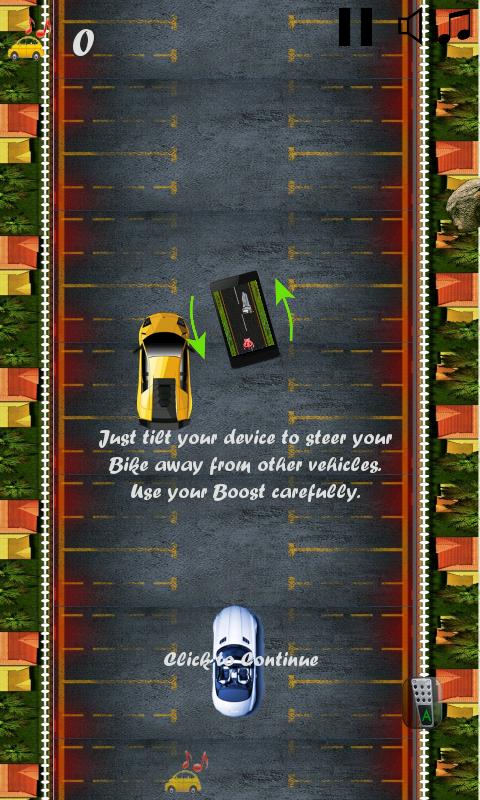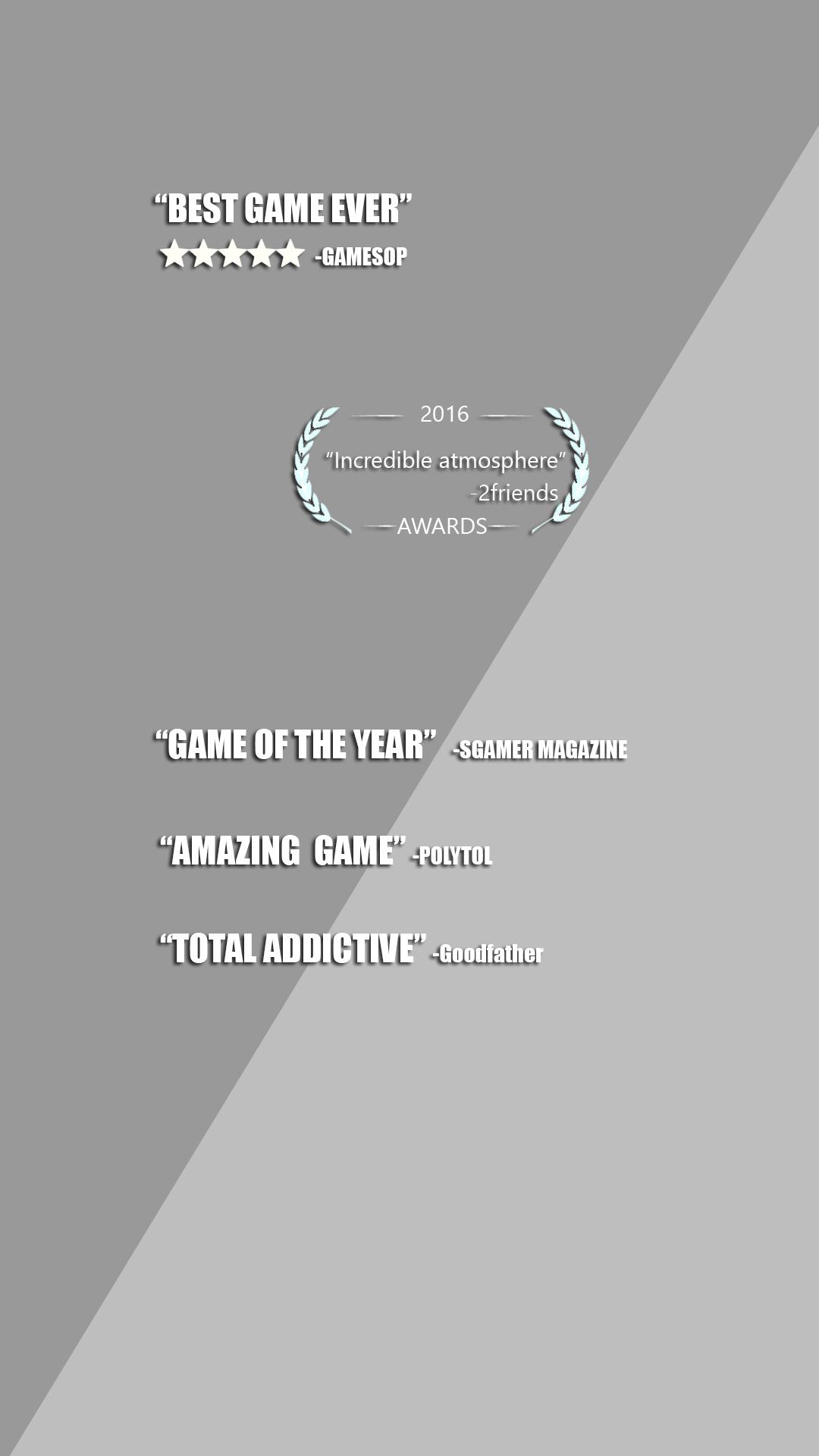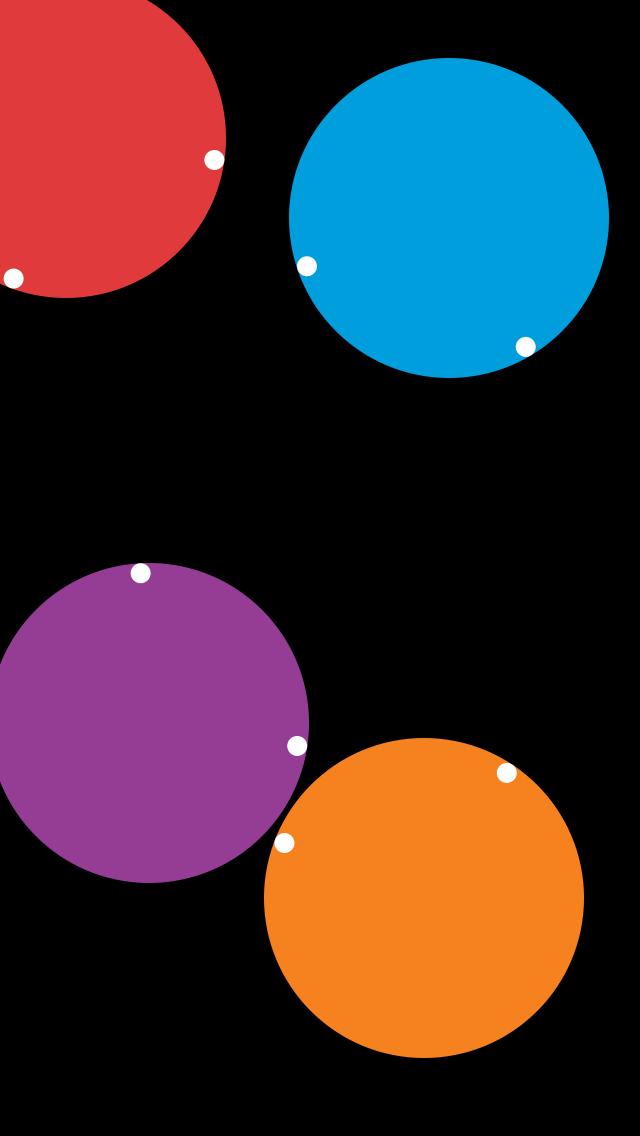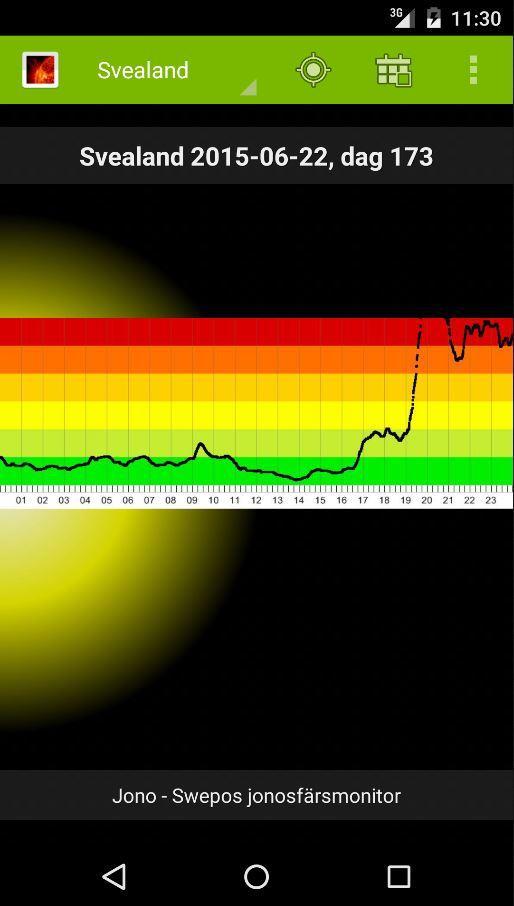

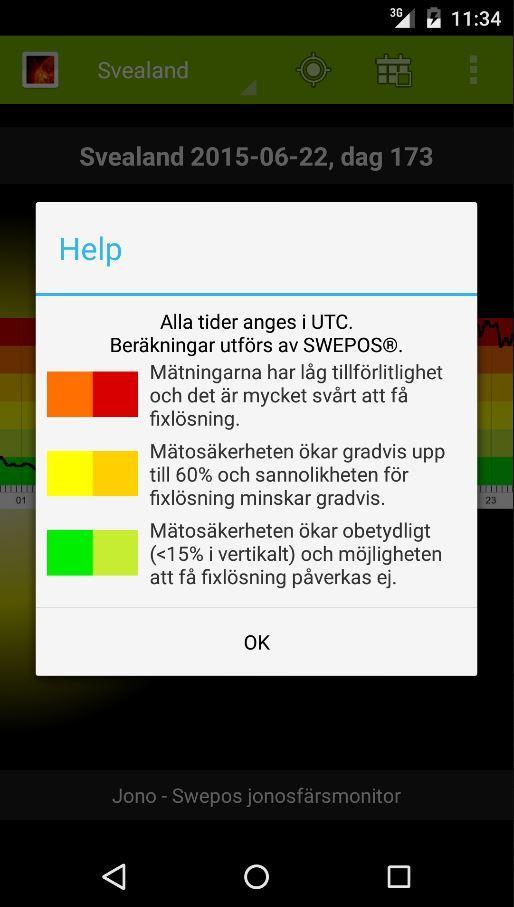
SWEPOS Jono SPRSMONITOR, GIVING THE CURRENT STATUS OF Jono SPRACE ACTIVITY IN SWEDEN
In cycles in about 11 years, the sun has increased activity, which affects Jono sphere and which in turn interferes with the GNSS signals.
Jono SPRSMONITOR is designed according to the traffic light principle; Green is good, yellow means interference but still measurable. When the disruptions up to orange and red, you often have major problems to measure with eg network RTK. Even if you succeed in obtaining fixing solution, this may be significantly worse than normal.
A satellite signal's distribution in the atmosphere is characterized by its time delay and the curvature of the radiation in Jono sphere and troposphere. Jono sphere is the part of the atmosphere ranging from about 150 km and up to about 20,000 km. In this area, the molecules of the atmosphere are more or less ionized, among other things. Depending on radiation from space. Jono sphere affects the GNSS signals with different "refractive indices" which include Depends on the frequency of GNSS signal. It is said that the code signal is delayed while accelerated, thus it has an impact on both measurements with DGPS (code measurement) and RTK measurement (phase difference). Static measurement is not as sensitive

